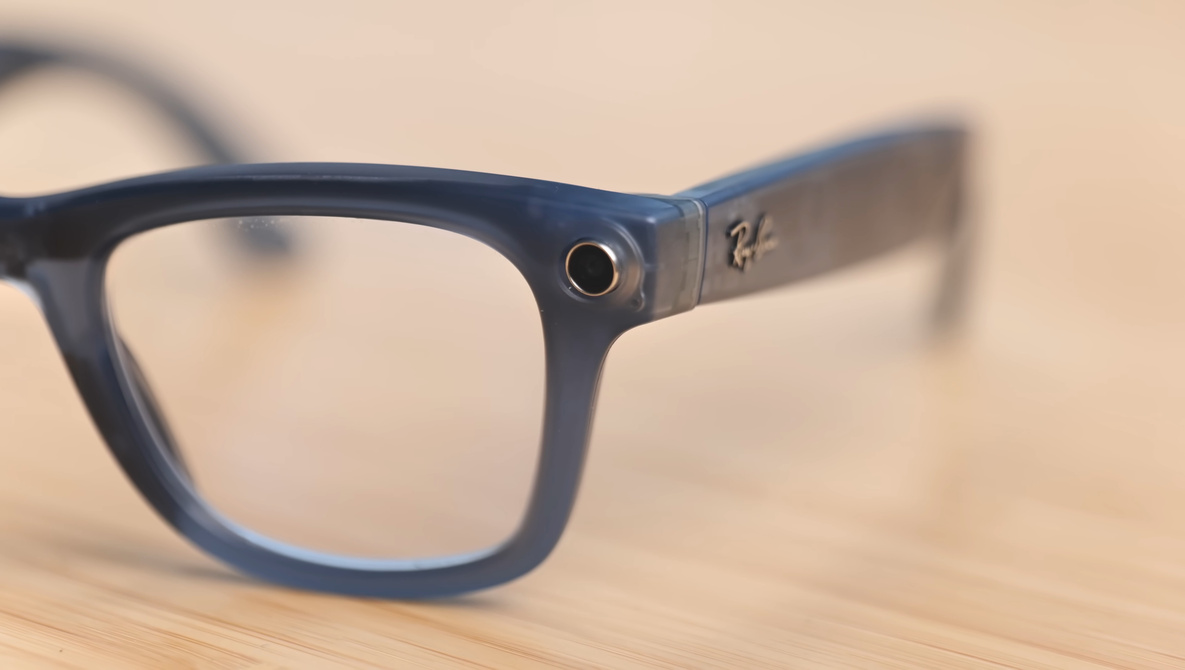Smart glasses have transitioned from a futuristic concept to a practical tool. Featuring integrated cameras, these glasses allow users to capture moments hands-free, offering an alternative to traditional smartphones. A recent video review by James Warner highlights the capabilities and limitations of these innovative devices.
Camera Quality and Functional Limitations
These smart glasses are equipped with a 12-megapixel wide-angle camera, a specification that seems promising at first glance. Yet, the actual image quality reflects older smartphone technology—suitable for casual photography but lacking in sharpness and dynamic range. The video recording capabilities are capped at 1440p, with clips limited to three minutes, which suggests they are not intended for cinematic use.
Warner demonstrates how the glasses can be particularly useful in various scenarios. The ability to shoot directly from one’s line of sight allows for spontaneous documentation of experiences, such as biking or engaging in candid family interactions. Notably, he created a magnetic lens adapter to enhance the focal lengths using inexpensive smartphone lenses, showcasing the flexibility of these devices despite their flaws.
Nonetheless, users may encounter frustrations, including lag when triggering shots and a limited battery life. The integration within Meta’s ecosystem also raises concerns about app lock-in, which could deter some potential users.
Privacy Concerns and Social Acceptance
The conversation surrounding smart glasses extends beyond technical specifications to encompass pressing privacy issues. The presence of a camera on one’s face invites the same discomfort experienced with the rise of smartphones. Warner notes that while the glasses include an indicator light to alert others when recording, this feature does not fully assuage privacy concerns. He candidly admits that he would avoid wearing them in sensitive environments, such as classrooms or restrooms, indicating a gap between technology and societal norms.
This review prompts a broader discussion about how wearable devices integrate into daily life. The tension between practicality and limitation is evident, as the freedom to document experiences in real-time can be countered by societal discomfort. For those contemplating the use of wearable cameras, Warner’s insights provide valuable context.
For a comprehensive look at the features and functionalities of these smart glasses, viewers are encouraged to watch the full video review by James Warner.
As advancements in wearable technology continue, the challenge remains to balance innovation with social acceptance, paving the way for a future where such devices can seamlessly fit into everyday life.
